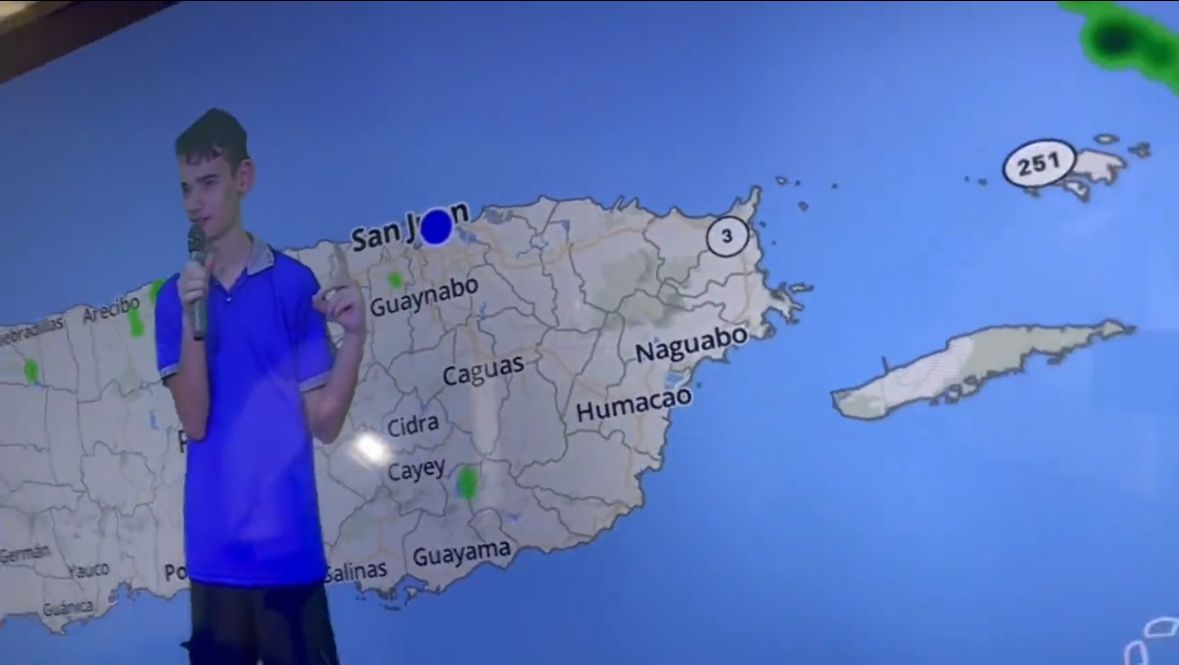@Hasmik-Ch As-salamo-alaiqum Sister,
Embracing Content and Language Integrated Learning (CLIL) is like opening a door to a world where learning becomes a vibrant, interconnected adventure. By weaving together the strands of subject matter and language acquisition, you’re not just teaching—you're creating a dynamic learning experience that fuels curiosity and ignites passion.
Imagine your students exploring the wonders of science or the beauty of art through a new language, their minds expanding as they grasp complex concepts while simultaneously becoming proficient in a foreign tongue. CLIL transforms every lesson into a journey, where language and content come together to create a tapestry of understanding and discovery.
Incorporating CLIL into your teaching is a bold and inspiring choice. It empowers students to connect their learning with real-world applications, preparing them to thrive in a globalized world. Your commitment to blending content and language not only enhances their academic growth but also equips them with the skills and confidence to navigate diverse environments.
You are guiding them on a path where learning is not just about acquiring knowledge but about experiencing it in new and exciting ways. Keep nurturing their curiosity and passion; you’re not just shaping their education but inspiring their future.

